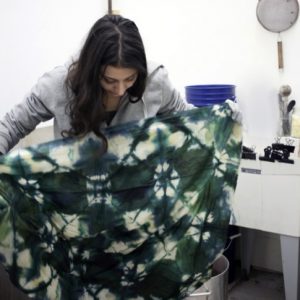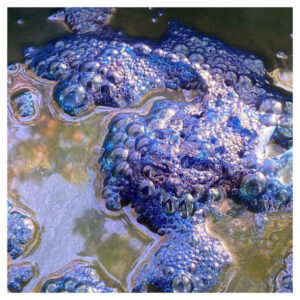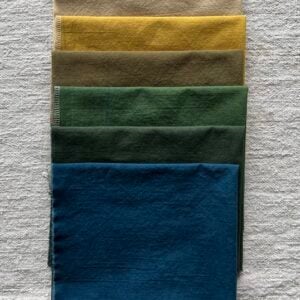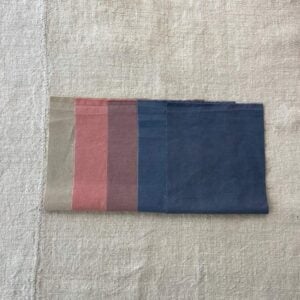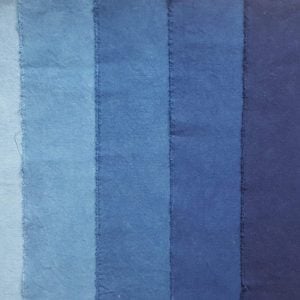INTERVIEW: Donna Hardy of Sea Island Indigo
272 years after the first successful indigo crop was planted in the Carolina colonies, Donna Hardy of Sea Island Indigo got an idea to research and track down the original strain of indigo plants that were grown in colonial Charleston. Her research and persistence located a few remaining varieties in isolated areas that had been grown for generations: a pretty but humble shrub hiding its secret blue dye. Armed with a handful of seeds and the offer of a plot of land and free goat manure, Donna started her first crop of indigo and was overjoyed when she tested them … Read more


